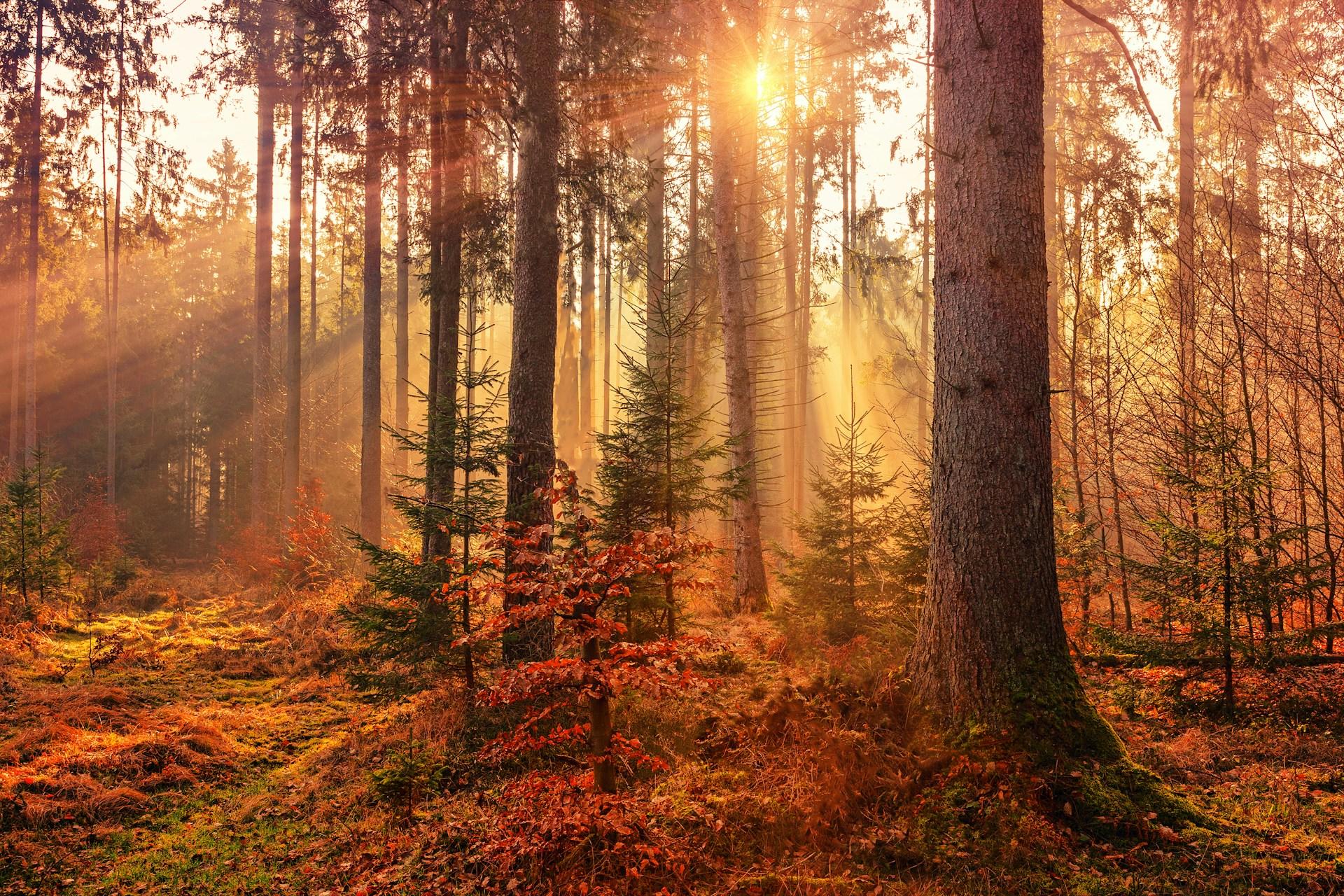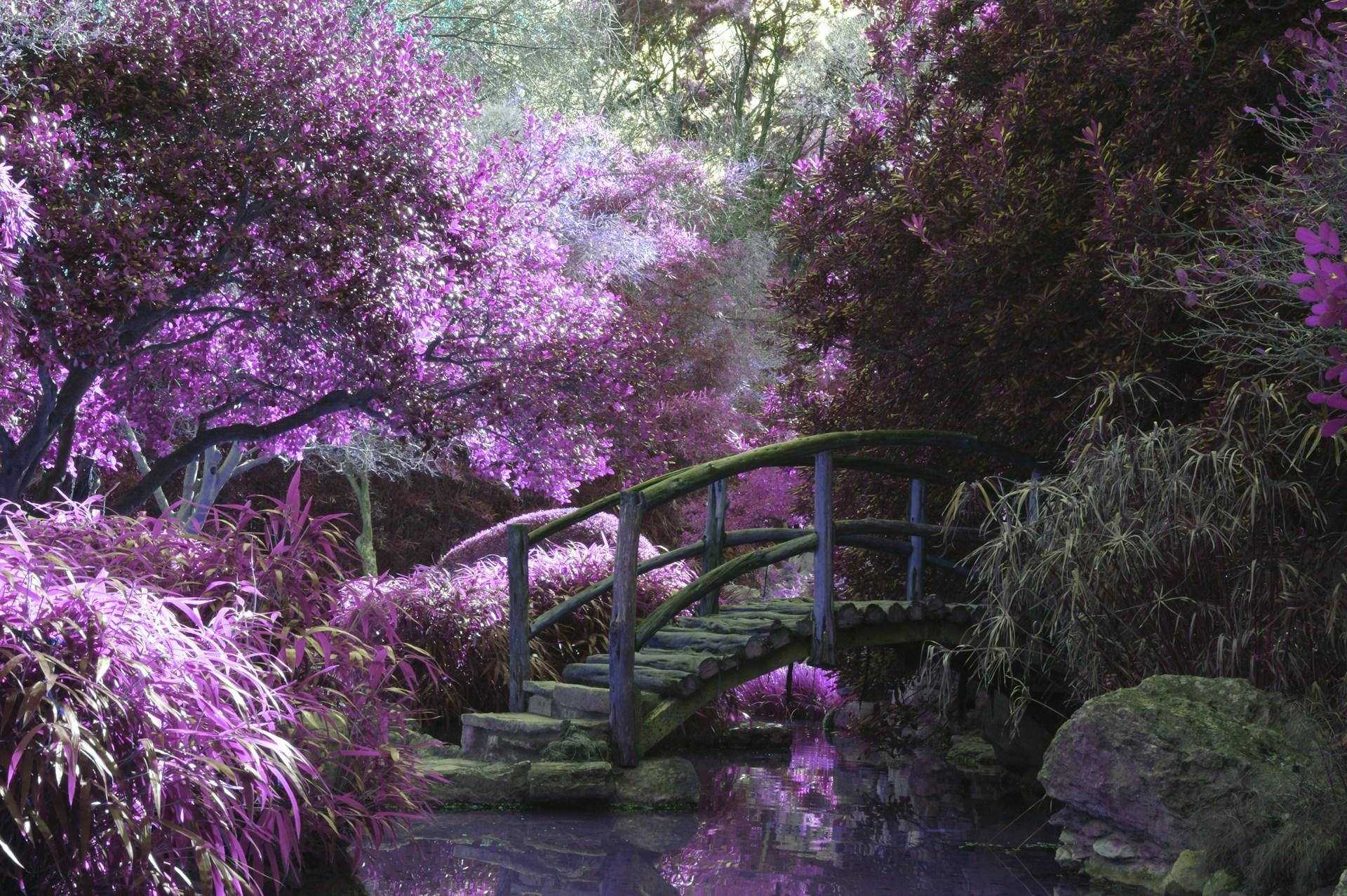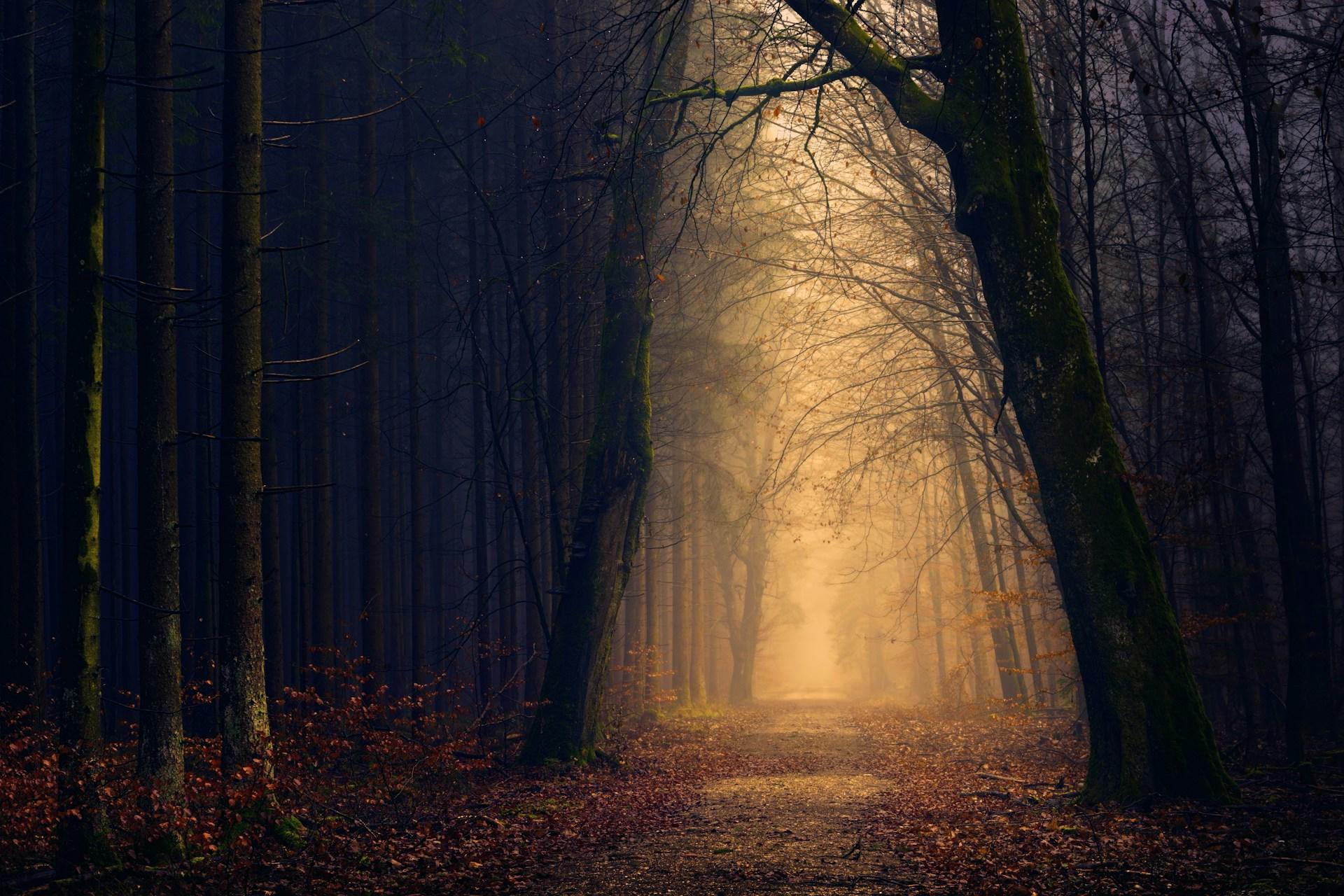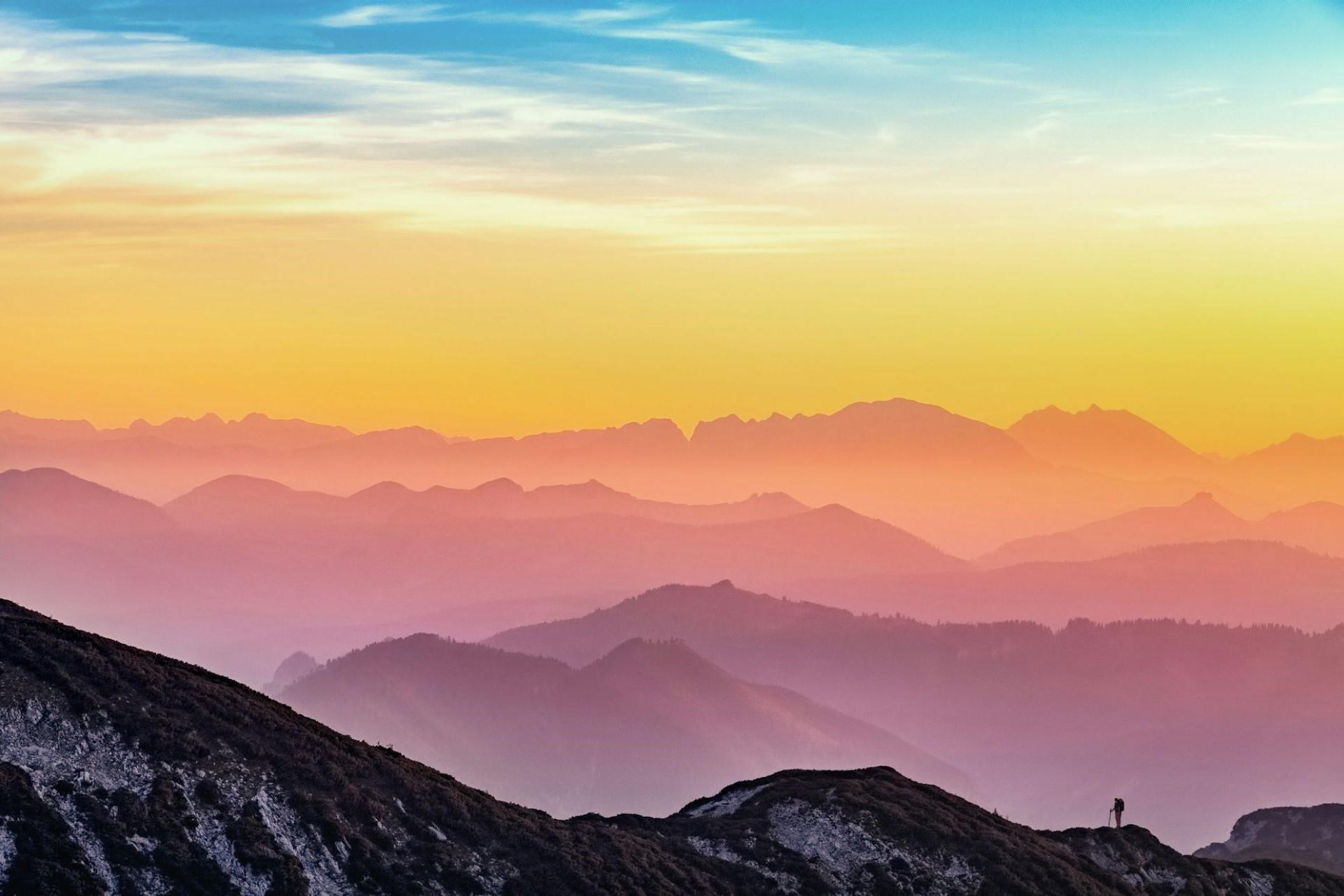Both beginners and experienced photographers can improve their landscape photography by better understanding how to take good landscapes.
Here are a few tips and tricks for improving your landscape photography results.
Photography, once dominated by brands like Canon and Nikon, has become a universal art form, thanks to the remarkable advancements in smartphone cameras. This accessibility has opened the doors for everyone, regardless of their experience level, to delve into the captivating world of photography.
Surveys have shown that most people interested in photography use a compact or a smartphone camera.
Most photography courses will teach you how cameras work and the technical side of taking photos, such as exposure, lens aperture, shutter speed, etc. They'll also learn about other types of photography, from landscape to food photography.
Here's our guide on how to improve your landscape photographs.

The Elements to Focus on for Landscape Photography
Portrait photography and photojournalism are their own genres, and so is landscape photography. This means that the "rules" are different, so you can't necessarily apply the same techniques.
For any of these photography genres, knowing the basics will obviously help and the more familiar you are with a camera. How it works, the easier it'll be.

Understanding the unique aspects of landscape photography is crucial. Unlike other genres, the landscape itself is the subject of the photograph. This means the entire photograph is the focus and you need to understand how the elements all work together to take nice photos.
Landscape photography is not limited to natural landscapes. Urban landscapes can also be fascinating subjects for your photography.
Equipment Matters with Landscape Photography
While a good camera and equipment won't automatically make you a good photographer, they can significantly enhance your skills when used by someone who knows what they're doing.
Photographers need to make artistic and technical decisions for every photograph they take, considering what they want to capture and how they'll use their equipment to capture it.
Many also take photographs, aware they can improve them later through Photoshop or another photo-editing software suite.
Remember that equipment is the last thing you'll need to focus on. First, you'll need to understand how to take good landscape photos. If you're an absolute beginner, focus on this first and then invest in good photography equipment once you've started taking good photos.

Use a Tripod for Landscape Photography
You should invest in a good tripod to capture landscape photographs in low-light situations.
The settings needed to take photographs at night or using a long exposure require either a very steady hand or a way to hold your camera as still as possible for as long as possible.
The solution to this is with a tripod.
Composition for Landscape Photography
Composition is key in contemporary photography. The first rule that any photographer should learn about composition is the rule of thirds. This is a straightforward rule whereby the photographer ensures that the most important elements of their photo appear in the thirds of the photograph.
Essentially, divide the composition into three, both horizontally and vertically. This will create nine sections in your photograph, but the lines separating these sections are the most important. It would be best if you attempted to put focal points on these lines and where they intersect.
Most cameras and smartphones will allow you to place these gridlines over the preview or the viewfinder while taking photos without these lines showing up on the images.
As you practise taking more photos, however, you'll become familiar with the rule of thirds and might not even need the gridlines as a guide.
You also need to think about the foreground and background of your photograph. Even a single object in the foreground of a landscape photograph can help give landscape photographs far more depth.
The depth of field you use for your landscape photographs will matter greatly. Still, you can also improve the depth by capturing objects at different distances. This is the range of distances that appear in focus or blurry in a photograph.
For example, you can have a very narrow depth of field so that only objects at a certain distance are in focus, whereas everything else is blurry. This will make the depths feel more extreme.
However, with a wide depth of field, objects across a range of distances will be in focus, making greater distances appear flatter.

Taking Landscape Photographs at the Right Time of Day
If you're taking photos of nature or the world, you can't expect everything to stop just for you.
This means that landscape photographers must take photographs at the right time, especially regarding lighting.
When taking photographs outside, the best lighting is available early in the morning and at the end of the day. Typically, you'll find more interesting landscape photographs are taken during the “golden hour” or “magic hour”.
The hour after sunrise and the hour before sunset are when you get plenty of great chances to take landscape photographs, so ensure you get up early and are out late with your camera equipment.

Check the Weather when Taking Landscape Photos
Anyone who has to work outside knows you're at the behest of the weather. The weather and specific weather systems, much like the time of day, will create fantastic opportunities for landscape photography.
While we don't recommend that you attempt to photograph in dangerous weather, there are fairly safe kinds of weather, like early morning fog, that can create amazing photographs.
Lightning also makes for fantastic photographs, especially if you're safe indoors or away from the lightning strikes.
Choose the Right Landscape for Your Photography
While as a photographer, your job is to create excellent photographs, you'll find that landscape photography is a great way of shooting photographs because Mother Nature will do a lot of the work for you.
However, you can enjoy shooting great landscape photographs by going somewhere with incredible landscapes. This isn't to say that you must go to the best locations. You just need to have a good eye for places that will create great photographs where you can frame nature in an interesting and pleasing way.
As we mentioned earlier, "nature" could even be the urban jungle, with the right places within a city creating a scene where you can get some magnificent shots.
Get Inspiration for Landscapes from Others
An excellent way to develop an eye for landscape photography is by seeing examples from great photographers.
While you can sit at your computer and endlessly look at landscape photography online, we recommend going to museums, galleries, and exhibitions to see great examples of photography.
Of course, if you can't get to a gallery or exhibition, you can look at digital portfolios online.

Develop Your Observation Skills
While you should always work on your technical photography skills and understanding of depth of field, white balance, shutter speed, aperture, etc., you should also develop your observation skills.
As a photographer, it pays to have a good eye for great shots. Suppose you can see something that'll make a good photograph before turning your camera on. In that case, you can take photos with much more purpose, resulting in better photography.
You can learn and develop these skills on a course. Still, your observation skills will improve as you take more photos, look at other images, and get out in the world to get landscape photos.
Have Fun with Landscape Photography
Most importantly, enjoy yourself when taking landscape photography.
It can sometimes help to break the rules, try things out, and go with your heart. If you think something will look interesting, you might be right. You'll only know once you try it.
Rules are there to be broken, so you don't have to follow the standards whenever you take a photo. While all of these rules can improve your landscape photography, just remember that you can choose when to follow them and when to break them.
Of course, if you need more help with your photography, you can always look for a photography tutor on the Superprof website.
Search for photography tutors where you are and learn how to improve your photographs. Whether you're interested in humanist photography or landscape photography, there'll be a tutor out there for you.
Be sure to talk to potential tutors about the kinds of photography that you'd be interested in so you know you've found the right one.
Many tutors offer the first session for free, so why not try a few before choosing the right one for you?















